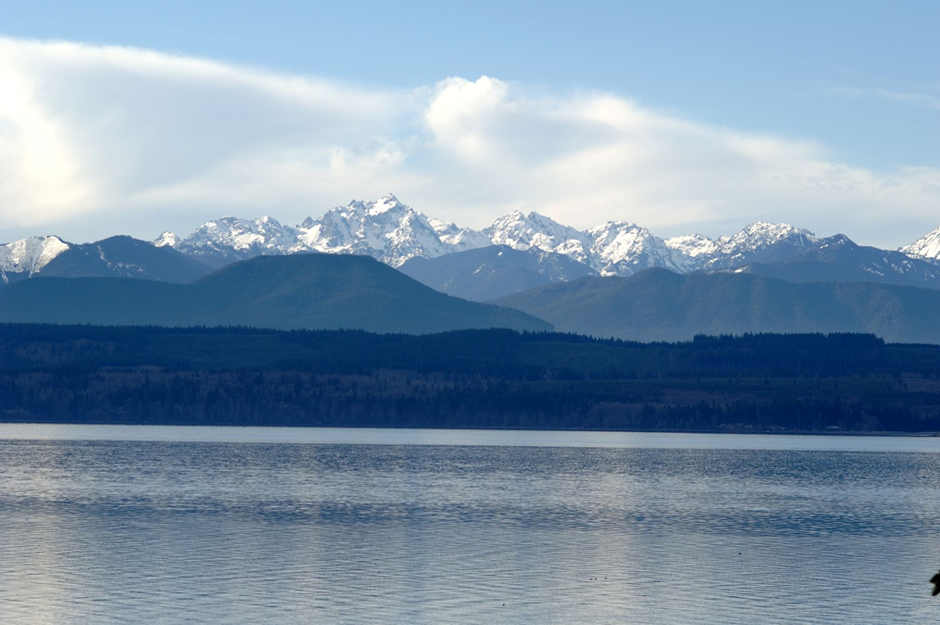Highlights
- The Beijing Winter Olympics 2022 is the first-ever Winter Olympics to rely on 100% artificial snow.
- Additionally, 49 million gallons of water is required to build artificial snow for the Beijing Olympics 2022.
- According to The International Olympic Committee (IOC), the frequency of unfair-unsafe conditions has increased in the locations of the Winter Olympics in the last 50 years.
“Climate change”! Whenever we hear the term, we tend to think of its repercussions taking place in the long run and thus negate the possibility of issues that it can cause in the present time. However, unfortunately, now we have entered the age when climate change is causing significant changes in our environment. Such an example has come into the limelight as the Winter Olympics 2022 have embarked.
The climate crisis at Winter Olympics 2022
The 2022 Winter Olympics ventured in Beijing on February 4; the event will go till February 20. However, unfortunate news has been highlighted: The Beijing Winter Olympics is the first-ever Winter Olympics to rely on 100% artificial snow.
Global warming is increasing tremendously, causing glaciers to meltdown. Heatwaves are increasing, and extreme weather conditions have become regular. Because of the increase in global warming, the snow has become risky to perform sports.
Additionally, 49 million gallons of water is required to build artificial snow for this Winter Olympics. This highlights that humans would need to employ more natural resources to carry on activities because of the deteriorating climate. Thus, causing more trouble to the environment.
GOOD SECTION: Everything you need to know about Winter Olympics 2022

Source: © Summerrobin | Megapixl.com
Winter Olympics to become the most unsustainable games of all time?
Few researchers have predicted that Winter Olympics will rather become an unviable sports gala by 2100 if the increase in greenhouse gases remains the same.
Additionally, climate change experts have reported that February temperatures in the 19 cities that hosted Winter Olympics since 1950 have warmed by 4.8 degrees Fahrenheit. 2021 was China’s hottest year on record, with Beijing experiencing record-breaking high temperatures last February.
ALSO READ: Athletes to watch at Beijing Olympics 2022
International Olympic Committee’s stance on the matter
The International Olympic Committee (IOC) has acknowledged the problem of climate change and its repercussions on the Winter Olympics. The conclusion is that some viable long-term solution is needed to ensure the optimum safety of athletes and the Olympics organisers.
According to the IOC, the frequency of unfair-unsafe conditions has increased in the locations of the Winter Olympics in the last 50 years. Thus, the probability of an increase in unsafe conditions seems high for the following years.
Thus, the IOC insists world sports turn into a source of inspiration for world leaders and policymakers to take stringent steps against the raging crisis of climate change.
MUST-READ: Significance of 2022 in the battle against climate change
Bottom line
If global warming keeps increasing at the same pace, by the end of the century the world might run out of places to hold games like the Winter Olympics. Right now, we are substituting real snow with the artificial one made through 40 million gallons of water. However, this method is not a sustainable and climate-friendly alternative.



